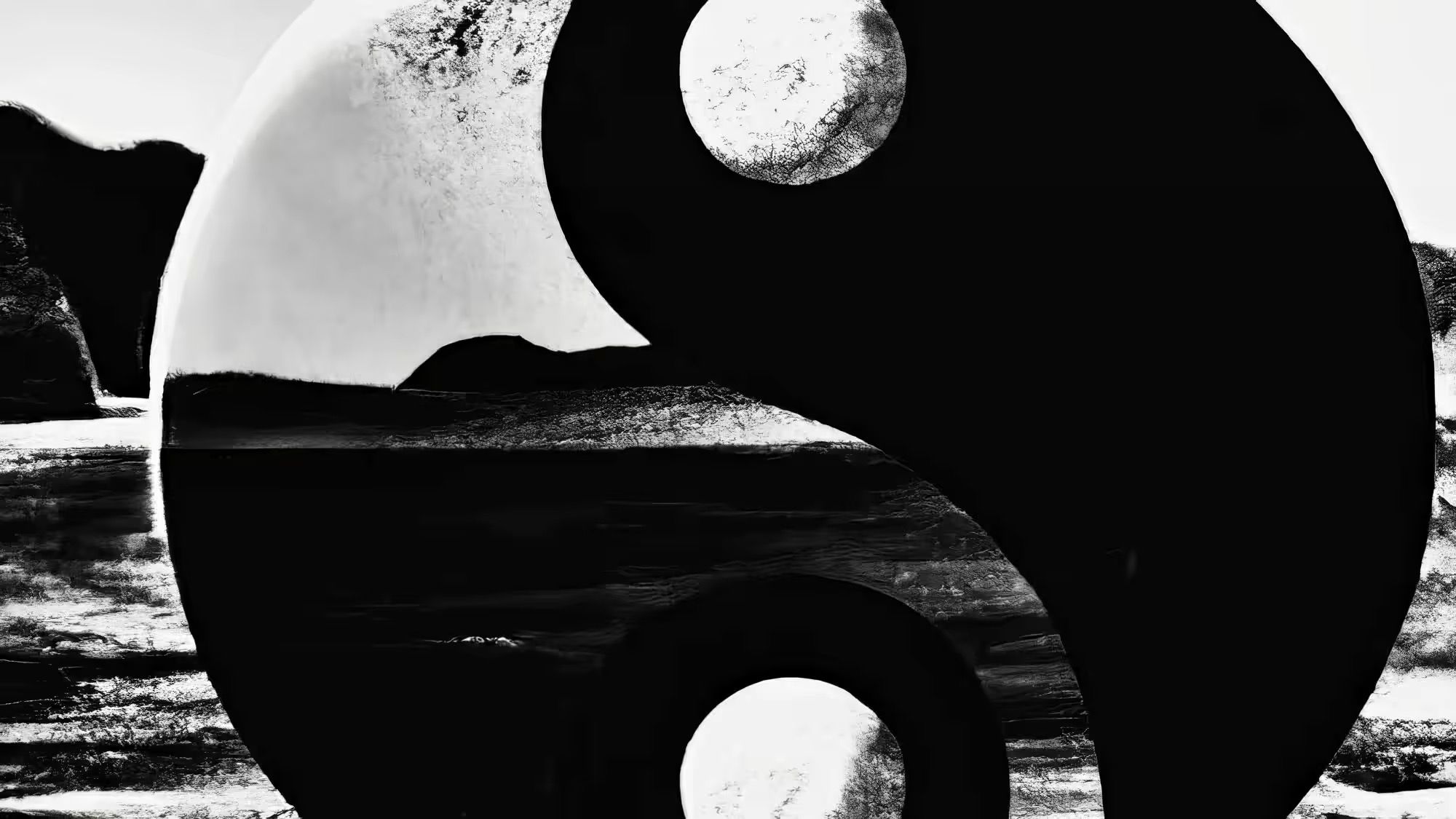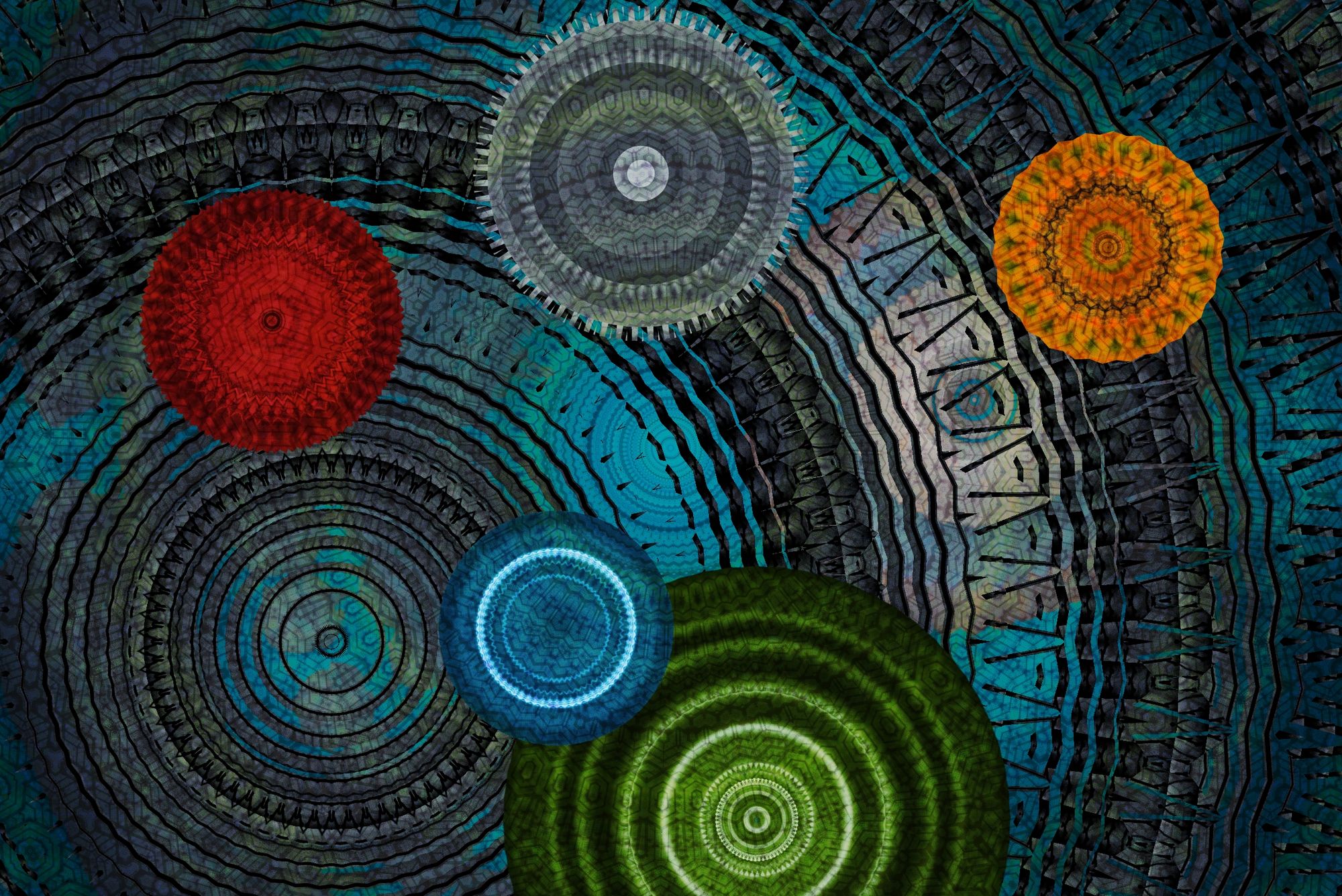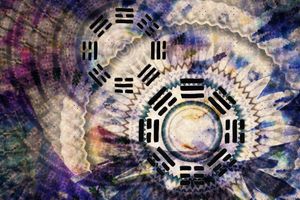The name Bagua, often referred to as the Eight Symbols or Eight Trigrams, is rooted in the philosophical framework of the Daoists. Each of these symbols consists of three lines, either broken—representing Yin, or unbroken—symbolizing Yang. They are called trigrams. They embody essential dualistic principles of nature and played a crucial role in various Daoist disciplines. Daoist's philosophy revolves around the ideas of balance, cyclicality, and the interconnectedness of all things. The trigrams, with their various combinations of Yin and Yang, echo these principles, symbolising the countless ways in which dualistic forces interact and balance each other in the natural world.
This introduction provides a comprehensive overview of the Bagua and its integral relationship with Daoist philosophy, setting the stage for a deeper exploration through the hexagrams in an advanced post!
Central to Bagua is the concept of Yin and Yang, representing the dual forces inherent in all existence. While often viewed as opposites, these principles are more accurately understood as complementary energies, each containing a seed of the other, and together forming a dynamic equilibrium.
Yin typically embodies passivity, cold, darkness, and receptivity, symbolised by the broken line. In contrast, Yang represents active, warm, bright, and expansive attributes, symbolised by the unbroken line. They exemplify the interdependence of opposites, where one cannot exist without the other.
In-depth you can and should read about yin and yang here before you proceed with this article.

Trigrams
Studying the Bagua trigrams may provide a deeper and nuanced understanding of universal patterns and rhythms. The essential dualities governing the universe are represented by eight distinct symbols. They build the foundation for the hexagrams and serve as a language, describing the dualities that mould our universe, and hence, with their unique combination of broken (yin) and unbroken (yang) lines, decipher the fragile balance of life.

From the interaction of light and darkness, creation and dissolution, to the balance between activity and stillness, the Bagua captures the uninterrupted movement of environmental forces. The trigrams offer insights into nature's elements, human conditions, and cyclical patterns. The understanding of Bagua provides insights into Daoist philosophy and illuminates parallels with Chinese Classical Medicine (CCM), which too shares foundational concepts with Daoist thought.

In Daoism, the Bagua is like a fundamental roadmap for understanding life and the world. It uses these eight trigrams, which represent different aspects of change and balance, to help us make sense of things. By studying each trigram's meaning, we can gain insights into the way of macrocosms as well as the microcosms. Think of the Bagua as a compass that points us in the direction of the Dao, which is like the ultimate path that helps us connect with the natural flow.
Central to Chinese Classical Medicine (CCM) is the concept that the body, when in balance between its internal and external forces, can heal itself. This underscores the importance of maintaining a yin-yang balance within the body, viewing diseases as a manifestation of energy imbalances. This harmony within the body aligns not only with the principles of Wuxing, where the elements' interactions must be in balance to promote health, but also resonates with the Bagua trigrams, which symbolise opposing yet complementary forces. When integrated, these systems emphasise the interconnectedness of internal and external forces.
Read about the Wuxing Theory:



